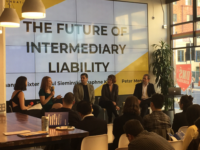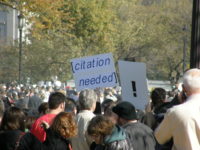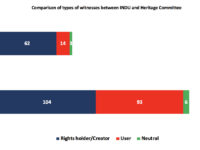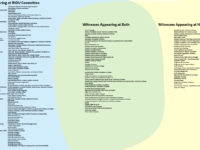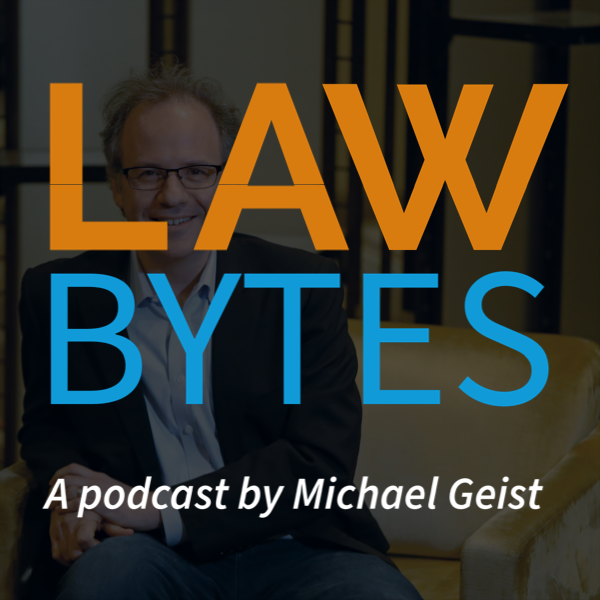The question of what responsibility should lie with Internet platforms for the content they host that is posted by their users has been the subject of debate around in the world as politicians, regulators, and the broader public seek to navigate policy choices to combat harmful speech that have implications for freedom of expression, online harms, competition, and innovation. To help sort through the policy options, Daphne Keller, the Director of Intermediary Liability at Stanford’s Center for Internet and Society, joins the podcast this week. She recently posted an excellent article on the Balkinization blog that provided a helpful guide to intermediary liability law making and agreed to chat about how policy makers can adjust the dials on new rules to best reflect national goals.
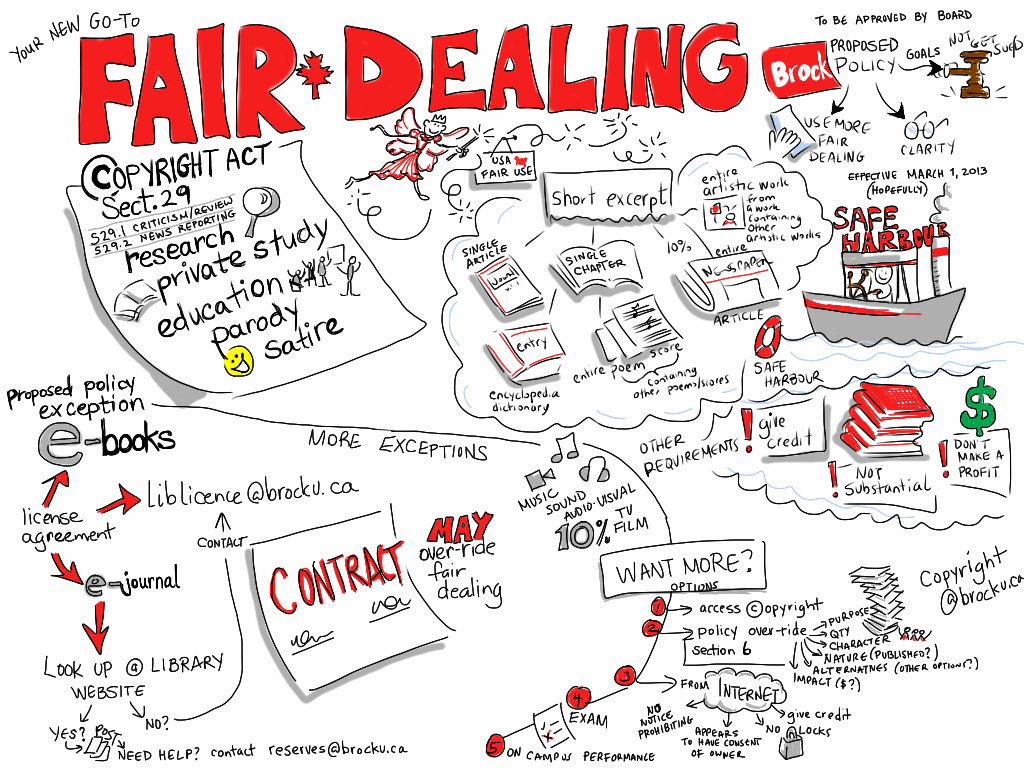
Fair Dealing by Giulia Forsythe (CC BY-NC-SA 2.0) https://flic.kr/p/dRkXwP
Copyright
Better Data, Better Results: Comparing the Gap Between the Copyright Review and Heritage Study on the Music Industry’s Policy Proposals
My recent series reviewing the Industry Committee’s copyright review (process, evidence, witness balance, citation) was about more that just why the decision to ignore the Canadian Heritage committee study on artist remuneration was justified. The series provides a data-backed assessment of the quality of the consultation of the respective committees, which is inextricably linked to their final recommendations. The better process is important because when comparing the recommendations from the two committees, the Industry committee consistently provided deeper analysis even in areas where there was agreement. The better analysis is not a coincidence: better process generates better policy and the Industry committee engaged in broader consultations in which it heard both from more creators and more users than Heritage.
Ignoring the Evidence: Why the Copyright Review Was Right To Ignore the Canadian Heritage Committee Study, Part Four
My series on why the Industry committee was right to ignore the Canadian Heritage committee study as part of the national copyright review has previously discussed process (the government vested sole responsibility with the Industry committee), an examination of the witness and brief list that confirms that Industry conducted a much more comprehensive consultation that overlapped with much of Heritage but also included hundreds of additional witnesses and briefs, and the (im)balance among witnesses which indicates that the Industry committee made a greater effort to hear a wide range of perspectives consistent with the diverse views on copyright.
Unbalanced Witness List: Why the Copyright Review Was Right To Ignore the Canadian Heritage Committee Study, Part Three
My series on why the Industry committee was right to ignore the Canadian Heritage committee study as part of the national copyright review has focused on process (the government vested sole responsibility with the Industry committee, its clear assertion as the authoritative copyright review, and an examination of the witness and brief list that confirms that Industry conducted a much more comprehensive consultation that overlapped with much of Heritage but also included hundreds of additional witnesses and briefs.
Limited Views: Why the Copyright Review Was Right To Ignore the Canadian Heritage Committee Study, Part Two
The Industry committee’s clear assertion this week as the authoritative copyright review is grounded in process since the government gave it sole responsibility for conducting the review. While my earlier posts focus on the process and the unprecedented INDU release, the committee justifiably points out that it also heard from far more witnesses through hearings and briefs than the Heritage committee. In fact, it notes that it heard from the “vast majority of stakeholders who contributed to CHPC’s study.” Working with University of Ottawa student Philip Abraham, we reviewed the witness lists, the brief submissions, and the citations by the committees to better assess claims about which committee best reflects the full spectrum of stakeholder views on copyright. This post examines who participated in the committee work and a follow-up posts will highlight the balance in the witness lists and whether the committees were listening.
